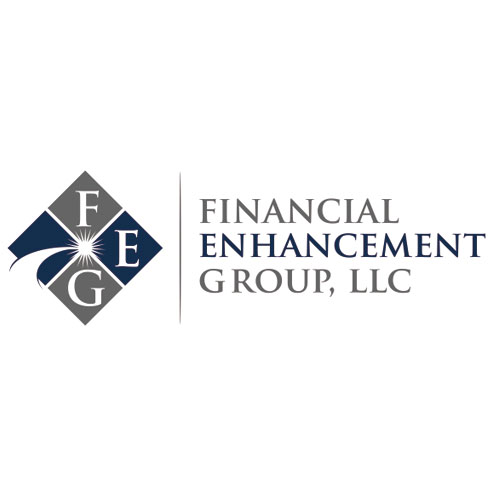[vc_row][vc_column width=”1/4″ offset=”vc_hidden-xs”][vc_widget_sidebar sidebar_id=”sidebar-main”][/vc_column][vc_column width=”3/4″][vc_column_text]
The Dow Jones Industrial Average crossed the 20000 threshold on Wednesday for the first time. While historic, the milestone is just another point on the Dow.
Understanding the differences between market indices is important. The Dow and the Standard & Poor’s 500 are the most recognized indices in the U.S., followed by the NASDAQ 100. As of this writing, both the Dow and NASDAQ are at record highs with the S&P 500 stocks nearing the 3,000 mark.
Most indices that are tracked and invested against are referred to as “market capitalization weighted,” meaning simply that the larger the company, the greater it’s weighting in the indices. The size of the company is not based on the number of employees, plants, property or even earnings. Market capital weighting is based on the current share price multiplied by the number of shares of a company’s stock outstanding.
As an example, Microsoft is currently trading near $63 a share and Harley Davidson is near $60 a share. Based on current share prices, one might assume the two companies are similar in size – an assumption that would be far from the truth. Microsoft’s market cap is currently around $496 billion with about 7.8 billion shares of stock outstanding. Harley Davidson's market cap is $10.55 billion, with approximately $176 million shares of stock outstanding, according to Yahoo! Finance.
The Standard & Poor’s indices are market cap weighted as are the Russell and Wilshire indices. The NASDAQ 100 represents the 100 largest non-financial companies listed on the NASDAQ exchange with a few notable exceptions. In the late 1990s Microsoft became such a large part of the index that the board reduced their position by a special vote. Similarly, the same happened to Apple in 2011, when the index reduced Apple’s weighting by 40%.
There are some one-off exchange traded funds (ETF) like the Guggenheim S&P 500 Equal Weight, where each stock gets equal representation. While specialty ETFs can make sense from time to time, the fees can also be higher.
That brings us to the story of the week. The mighty Dow Jones Industrial Average broke to a new record but not based on market capitalization. The Dow travels based on price weighting and the price is what an individual share trades for. Goldman Sachs makes the largest impact because it has the largest share price. Currently, Goldman makes up 8.04% of the movement with a share price of approximately $236 a share. Cisco and GE, priced at near $30 a share, each represent just 1% of the index.
When big things happen in the market – good or bad – investors always want to look for the culprits. Individual indices may present different clues. We keep very close track of the S&P 500, the Equal Weight ETF, the Russell 2000 Index representing the small caps and of course we pay attention to the news stories surrounding the Dow and the NASDAQ. Know what you are watching and understand the different intricacies.
Disclaimer: Do not construe anything written in this post or this blog in its entirety as a recommendation, research, or an offer to buy or sell any securities. Everything in this post is meant for educational and entertainment purposes only. I or my affiliates may hold positions in securities mentioned in the blog. Please see my Disclosure page for full disclaimer.[/vc_column_text][/vc_column][/vc_row][vc_row][vc_column offset=”vc_hidden-lg vc_hidden-md vc_hidden-sm”][vc_widget_sidebar sidebar_id=”sidebar-main”][/vc_column][/vc_row]


